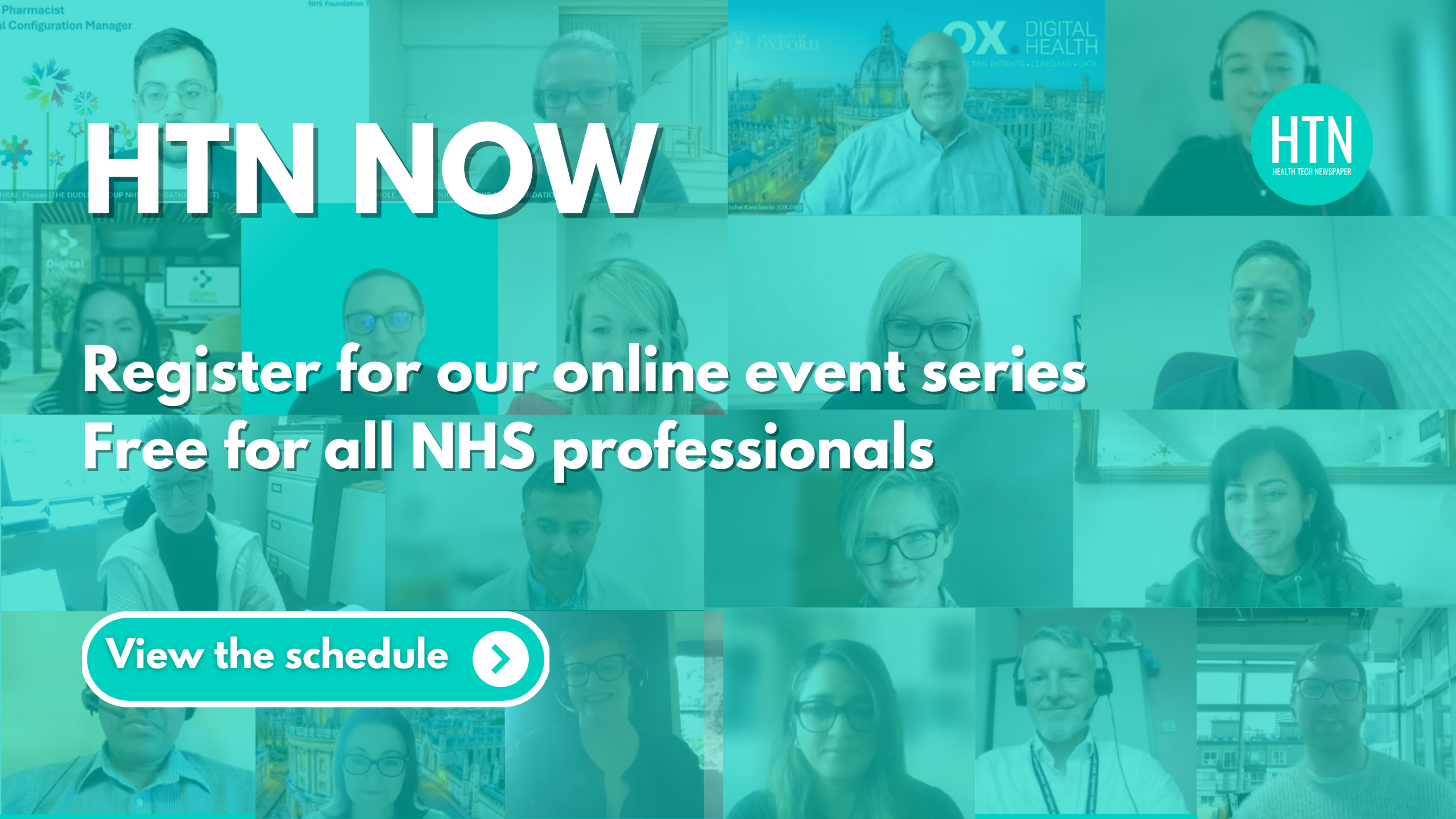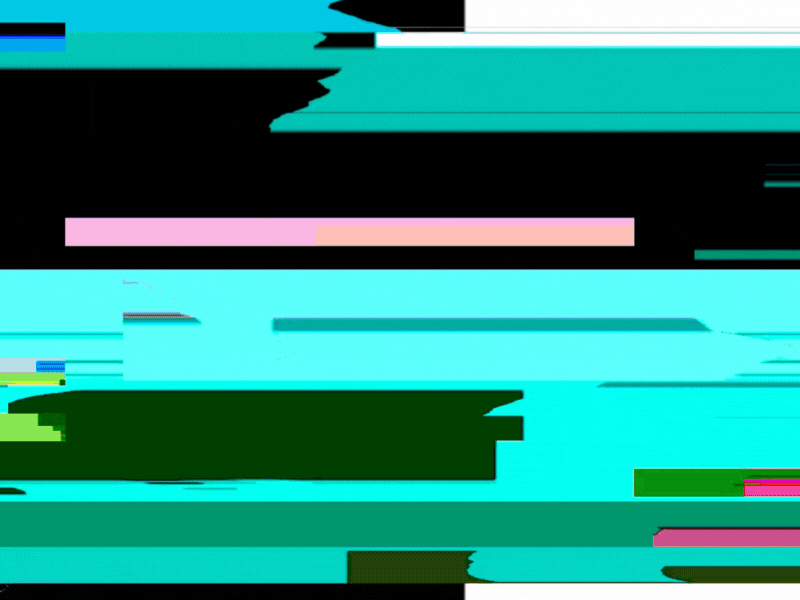We caught up with Amy Davey, lead reconstructive scientist and lab manager at North Bristol NHS Trust, to discuss the Bristol 3D Medical Centre, including what went into setting it up, successes and key learnings along the way and what the future might look like. We also looked at the impact of emerging tech on the centre and what Amy has seen in terms of patient acceptance and staff training.
The inspiration behind the Bristol 3D Medical Centre
Amy began by giving us an overview of the Bristol 3D Medical Centre, sharing details around the inspiration and some of the problems they were aiming to solve at the trust by introducing it. “It was brought about by my predecessor, Kevin, who took the opportunity to bring innovation into the lab,” Amy said, explaining how Kevin was having to recruit more members of staff to learn “modern processes and techniques”, including Amy who was a student at the time.
“It was during that time that we realised how useful 3D printing and 3D technology could be to us,” Amy added. “Instead of looking at having just a 3D printer that could help us replicate human anatomy, we found that it might be more useful to have more equipment that would enable us to not just replicate it, but also look at the anatomy, look at the shapes and manipulate them.” And part of this new process involved “transferring traditional techniques into a digital format”, which Amy noted included the generation of facial prosthetics and other small body prosthetics.
She emphasised the need to find “different ways in which we could help ourselves, but also help other departments in the hospital”, with Amy sharing how the challenge here was to “show how the hospital could benefit from this in some way”, which led to the discovery that “a number of different departments wanted to utilise 3D printing and 3D design as well”.
As the service developed, Amy noted how they began to recognise the benefits of introducing a 3D Centre to the hospital, which she described as “a fairly unique concept in terms of what it offers as a whole. Lots of hospitals use 3D printing and 3D design, but what they might not have is a hub centre, which houses the ability to scan, design and print all in one place”. After recognising this gap, the trust implemented “a number of 3D scanners to help scan the patient on a surface level”, which included using CT, MRI and internal scanning.
“We have multiple software where we can design, manipulate and create the different elements that we need, while also using state-of-the-art printers which allow us to either print something that could be used by the patient straight away, like a splint or a guard, or a part of the prosthesis”.
Successes of the project so far
Amy moved on to outline some of the key successes she’s seen from the project so far, focusing on one in particular. “We provide a service for babies with misshapen heads, which is usually due to them being in a favoured position for a period of time,” she began, before going on to explain the traditional way of helping with this, “until recently, we weren’t able to replicate the shape of their head without putting them to sleep and putting putty material over their heads, letting that set, removing the putty and then pouring in plaster”.
Once they had the equipment, they were able to start using digital imaging instead, which meant “creating a 3D replica of their heads in order to create the moulds and get everything that we needed, with the 3D centre enabling this process in a more streamlined way”. She went onto explain how this works, adding that they can now “scan the patient and then use our printers to create biomedically safe material”, which means they “miss out the middle model and print the actual helmet directly”.
Speaking on the benefits of this new software, Amy said, “we’ve gone from this laborious, three-week process, including a general anaesthetic and some big, heavy moulds, to same-day scanning and results”. She highlighted how the service is usually offered within a week or so, but the printer itself only takes “around 30 hours to print the helmet”, which she noted is ideal for urgent cases that might come through.
Challenges and key learnings
Next, Amy highlighted how “there’s never a success without a challenge”, before sharing with us some of the roadblocks she and the team have faced along the way and what it has taught them. One thing Amy emphasised was the importance of “making sure we’ve got the right teams behind us” in order to “make sure that everybody understands what we’re trying to do”.
With this in mind, she noted how “communication, in that sense, was quite a barrier to begin with”, explaining that “there was a lack of understanding of how useful the 3D centre could be overall”, which they tackled by finding and presenting specific cases and examples demonstrating how it could be beneficial. This included “providing good examples of how it can help to save money and save time and finding big enough reasons for the hospital to invest”, which she said was “one of the bigger challenges in the earlier stages”.
Amy also highlighted how difficult it was to find the space to house the centre, adding that the team “spent a lot of the time working on that” along with “making sure that we’re getting the right equipment in for us rather than something that would not be the most useful purchase for the trust”. For Amy, a big part of overcoming this challenge was “having to really know what we’re talking about with 3D equipment”, especially 10 years ago when technology was “updating much quicker than we could replace it ourselves”. She emphasised the importance of “finding the right balance between getting the communication right in the hospital and then working out how things would work with the equipment”.
Workforce training techniques
With the introduction of all this new equipment, came a lot of training to ensure staff were able to use the technology effectively. Amy shared some of the key techniques she had picked up along the way, stating, “it was really important for us to have team members who were ready to learn” and that part of their process has included taking on students, “which helps us to keep up to date with a lot of the more recent possibilities in technology”. Amy explained how these students also “go on a rotation around the southwest to learn what other specialists are doing”, which is being led through Manchester Metropolitan University and King’s College London.
In terms of training, Amy explained how they take the approach of “a little at a time”, adding that everyone in her team started with a “basic understanding” and that whenever a new piece of technology or equipment is introduced, “the suppliers have been very good at making sure we have the support that’s needed”. She also shared how they tend to “jump straight in with using the technology, with training taking place on the go.”
Patient acceptance
From a patient perspective of the new Bristol 3D Medical Centre, Amy noted that “at the beginning, patients were quite happy to have the traditional processes and then have the additional digital process alongside them, before we jumped in with the 3D technology”. Giving an example of this, Amy shared, “for some of our prosthetics patients, the only way in which we can take a capture without 3D technology would be to use something similar to a dental impression, but to spread that onto the face, let that set and then pour it in plaster of Paris. We still use those techniques today, but before we had the Bristol 3D Medical Centre, we’d take 3D photographs with a portable camera and duplicate what we had some in plaster of paris and some with 3D printed versions”.
She continued, “as we got more familiar with that technology and those processes, we were then able to go that step further and make a full custom device with our 3D technology”. This way of easing into the new technology did not only help with training, but with patient acceptance, as Amy explained, “I think everybody’s quite intrigued to see how it can help. I think the majority of times we’ve said we’re going to move from one way of doing things to another has been really well accepted, especially when we can show patients how these processes can save us time”.
She noted how she has seen a strong level of acceptance with the helmets in particular because “the parents of the patients are always looking to do the best for their little ones, so if we can eliminate some risky processes, there’s absolutely no doubt that they would then go for that process instead”.
The impact of emerging tech
Next, Amy spoke about how emerging tech, such AI and other helpful tools in varying sectors, could have an impact on the Bristol 3D Medical Centre, noting how it could “probably help us streamline some things”, however at the moment their software is so specific that “a lot of the emerging tech is too generalised” to really have an impact.
She highlighted how there has been tech that has helped with giving them “ideas and inspiration” when it comes to their software, especially since the software is open, “it’s effectively like a creative space that’s really intuitive for us, where we can use elements from the outside world to try and replicate that in a digital world”. Because of this openness in the software, they’ve been able to look at the highly precise tools being used and developed in the engineering and aerospace sectors and use that as inspiration to “maybe apply that to what we need in a slightly different way”.
However, Amy also explained how it all comes down to the materials they’re using, sharing, “we’re limited in terms of what materials we can use for medically safe implants, so although we have this inspiration and there is new tech coming out all the time, we can’t always put them into practice with the materials. So, inspiration is one thing, but then making it actually happen is quite tricky”.
The long-term vision for the Bristol 3D Medical Centre
Finally, we explored what the future might look like for the Bristol 3D Medical Centre, with Amy outlining how the long-term vision focuses on looking at something “much bigger than just Bristol and the Southwest”, adding how she hopes to see a “national centre for this type of expertise, where we can then share our skills via training”.
Emphasising the importance of this, she said, “I’m very much keen to share ideas. This could not be where it is today without others’ help and we all have the same goal to help people, in the NHS in particular, by sharing the ways in which we’ve learned to save time and costs.” She finished by adding that the ultimate outcome would be to “improve the patient experience and patient outcomes. We’re dreaming of bigger and better technology, but that could be a good five or ten years down the line, I think”.
We’d like to thank Amy for speaking with us and sharing her expertise and insights on this project.





